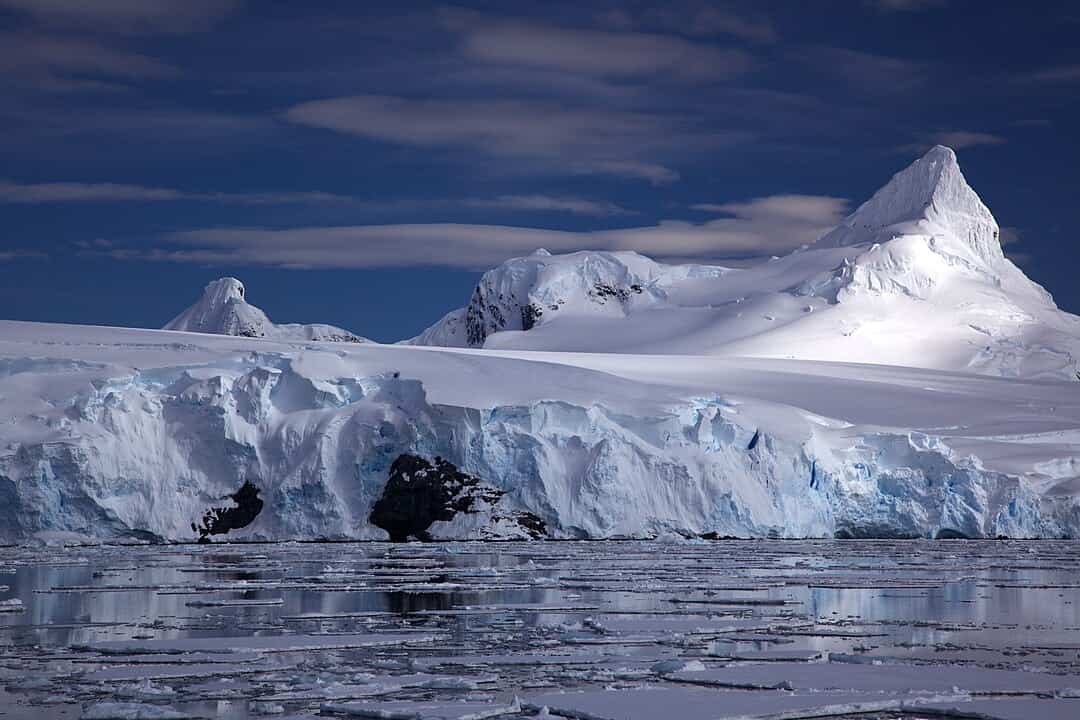The world’s oldest glaciers date back 2.9 billion years and used to be located in what are now gold deposits in South Africa, according to a new study. Scientists have found traces of the glaciers that suggest that the area was either closer to the poles or that parts of the planet were frozen in a previously unknown period of cold weather.

Scientists believe that there were likely significant variations in the early Earth’s climate, but evidence of the exact conditions on the early Earth has been difficult to find. Now, researchers from the University of Johannesburg and the University of Oregon found proof of glaciers from oxygen isotope concentrations in ancient rocks.
Over time, rocks go through a multitude of geological transformations. Fortunately, the Pongola Supergroup, the rock layers studied by the researchers, has remained largely undisturbed since it was laid down during the flooding of an inland sea. It’s one of the few areas that remains largely intact and unchanged from the early Earth.
“We found extremely well-preserved glacial deposits close to the gold fields of South Africa,” Ilya Bindeman, one of the study authors, said in a statement. “These deposits are fossilized glacial moraines, which are basically the debris left by a glacier as it gradually melts and contracts. These are the oldest moraine deposits ever found.”
Uncovering old glaciers
The researchers examined the levels of oxygen isotopes that were trapped in the rocks and successfully identified the specific geochemical signature indicative of an icy climate. Additionally, within these layers, they documented the planet’s oldest known moraine, which represents the distinctive accumulation of debris left behind as a glacier melts.
“We looked at relative amounts of three oxygen isotopes, 16O, 17O, and 18O. These are all types of oxygen but have very slightly different weights. We found that these rocks had very low amounts of 18O, and very high amounts of 17O, indicating that they were formed at icy temperatures. This means ice,” Bindeman said in a statement.
They suggested a few possible explanations for this. They believe the area could have been close to the poles and part of an ice cap before it moved to its current spot. But there’s also another possibility. The glaciers could be the first strong piece of evidence of a lost ice age. “Either possibility is scientifically interesting,” Axel Hofmann, study author, said in a statement.
The Huronian glaciation, which started 2.45 billion years ago, was believed to be Earth’s oldest known ice age. The glaciation lasted 200 million years and had several periods of ice ages that lasted over 10 million years, as Atlas Obscura explains. There were glaciers and ice covering parts of the land and ocean almost up to the equator.
The new study could mean Earth’s first glaciers formed half a billion years before the Huronian started. When they existed, Earth was about 1.6 billion years old and already had microbial life forms, including some of the earliest multicellular organisms. However, it would take over a billion years for more complex life forms to evolve.
The study was published in the journal Geochemical Perspectives.









